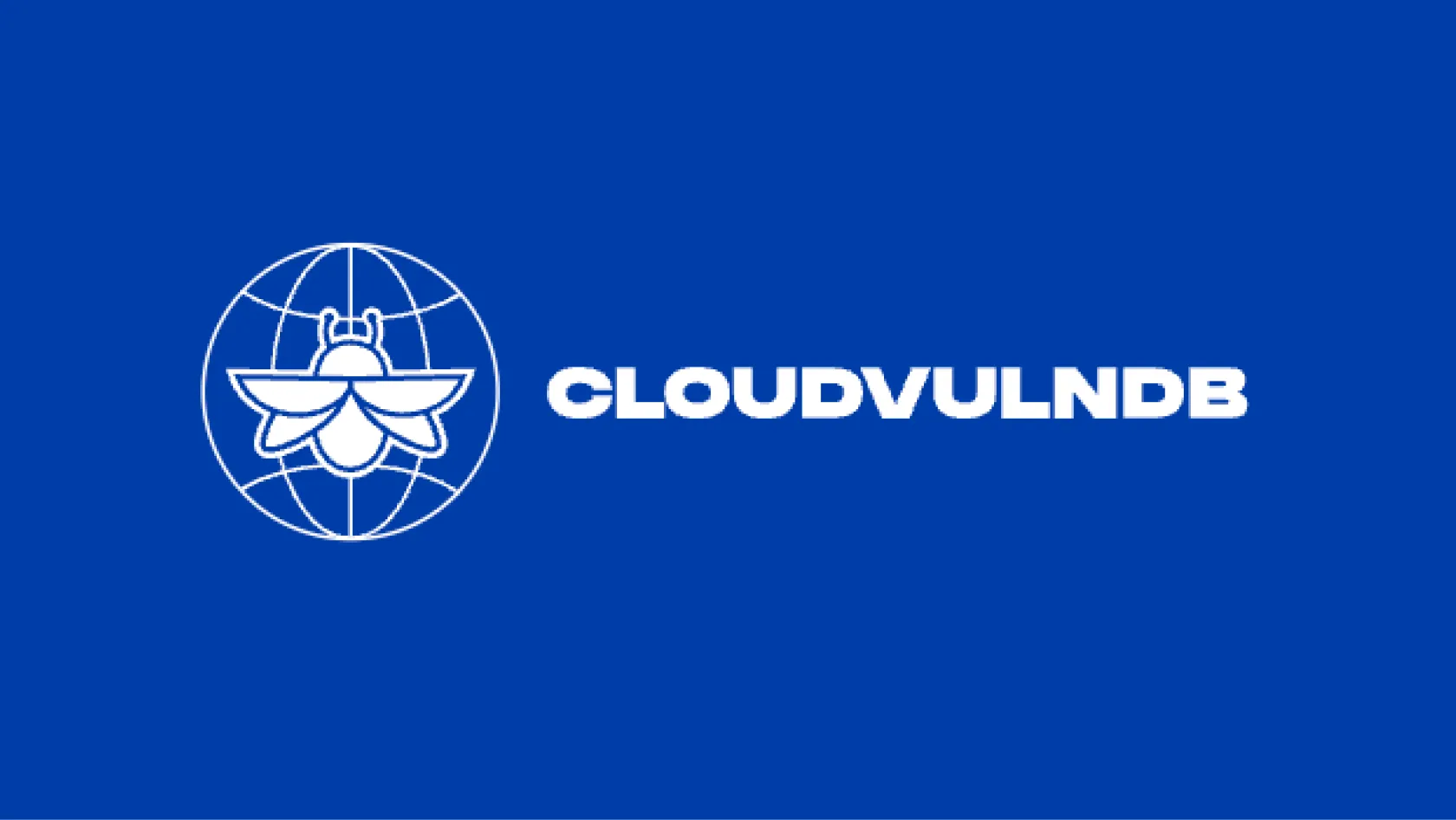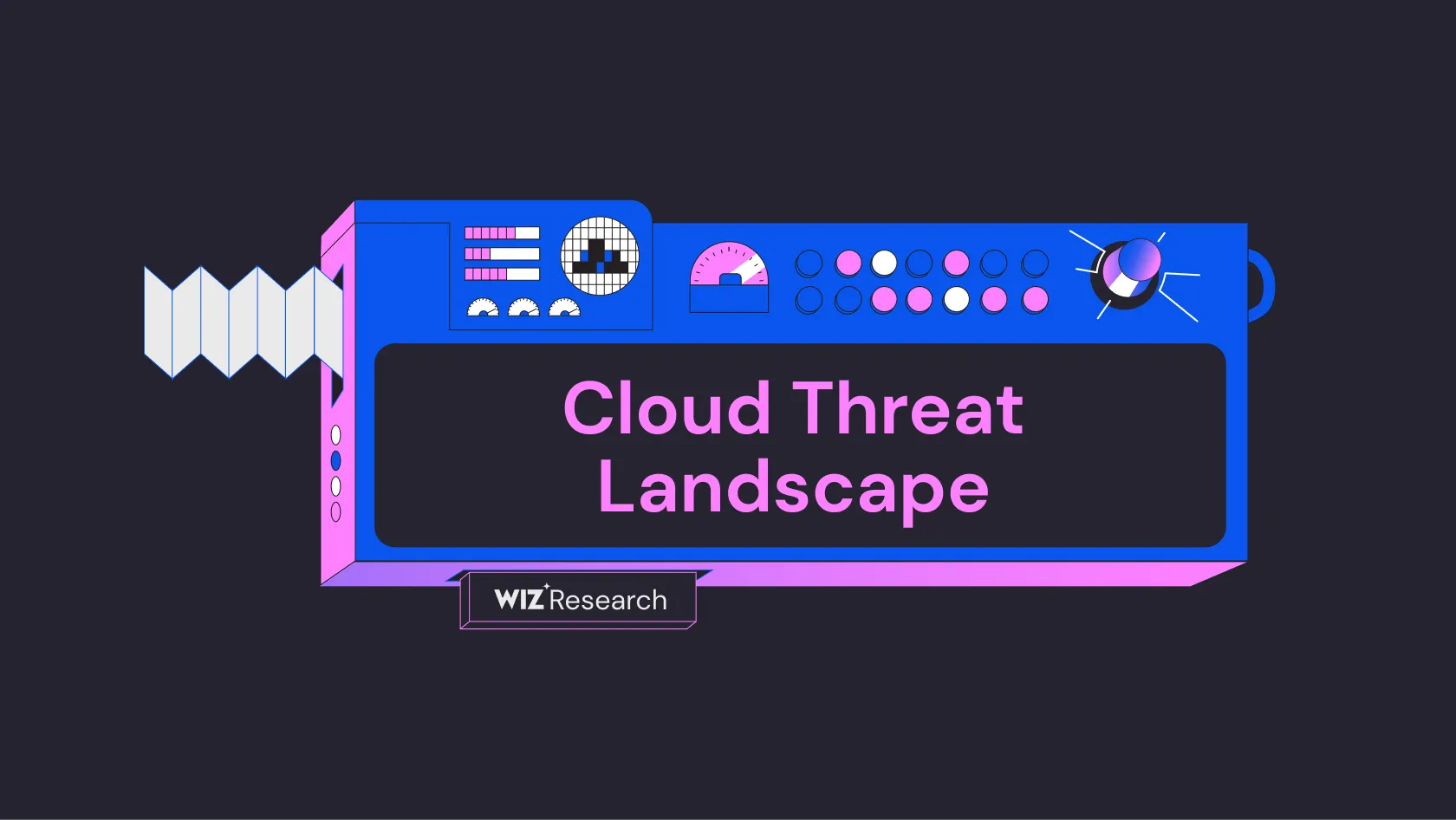
Cloud Vulnerability DB
An open project to list all known cloud vulnerabilities and Cloud Service Provider security issues
CVE-2025-21759 affects the Linux kernel's IPv6 multicast functionality. The vulnerability was discovered in February 2025 and involves a potential Use-After-Free (UAF) issue in the igmp6send() function. The vulnerability occurs because igmp6send() can be called without RTNL or RCU being held, which could lead to unsafe network pointer fetching (Kernel Git).
The vulnerability exists in the igmp6send() function within the IPv6 multicast implementation. The issue stems from insufficient RCU (Read-Copy-Update) protection when accessing network namespace pointers. The function previously used sockallocsendskb() which was problematic because ipv6.igmpsk uses GFPKERNEL allocations that can sleep. The fix involves extending RCU protection and using allocskb() instead, while charging the net->ipv6.igmpsk socket under RCU protection (Kernel Git). The vulnerability has been assigned a CVSS v3.1 score of 5.5 (Medium) (Snyk).
The vulnerability could lead to a Use-After-Free condition when handling IPv6 multicast operations. This could potentially result in system crashes or memory corruption. The primary impact is on system availability, with a potential for complete loss of availability while the attack is ongoing (Snyk).
The vulnerability has been patched in the Linux kernel through a commit that extends RCU protection in igmp6send(). The fix involves changing the memory allocation method from sockallocsendskb() to alloc_skb() and ensuring proper RCU protection when accessing network namespace pointers (Kernel Git). For CentOS 7, there is currently no fixed version available (Snyk).
Source: This report was generated using AI
Free Vulnerability Assessment
Evaluate your cloud security practices across 9 security domains to benchmark your risk level and identify gaps in your defenses.

An open project to list all known cloud vulnerabilities and Cloud Service Provider security issues

A comprehensive threat intelligence database of cloud security incidents, actors, tools and techniques

A step-by-step framework for modeling and improving SaaS and PaaS tenant isolation
Get a personalized demo
“Best User Experience I have ever seen, provides full visibility to cloud workloads.”
“Wiz provides a single pane of glass to see what is going on in our cloud environments.”
“We know that if Wiz identifies something as critical, it actually is.”